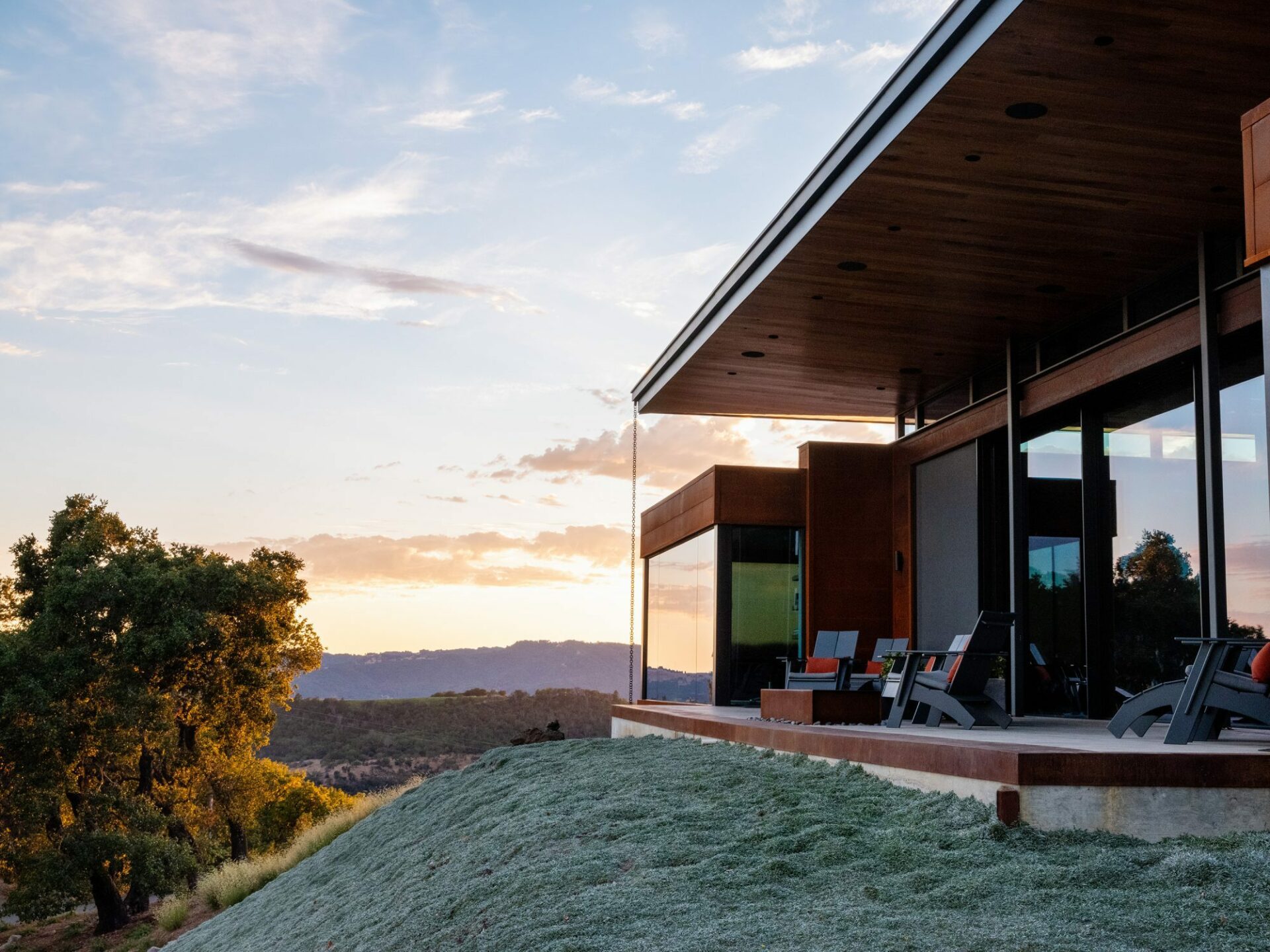We’ve all heard it before: what’s the biggest factor in real estate? Location! At Annadel Builders Inc., we feel the locations that Napa and Sonoma counties offer simply can’t be beat. However, to get the best of the best locations for your home, there are several essential factors that you should consider. Keep reading to hear our Marin home builders’ top seven tips for picking the perfect lot to build your new house on.
- Avoid buying a lot close to a busy road. While this may seem obvious, it is crucial to remember as you check out potential lots. Keep in mind that if the neighborhood you are looking at is being newly constructed, the current rate of traffic may not reflect just how busy the road is going to be. Check the city or county’s website for a map that can show you where the roads by your lot are going. Can you expect a high flow of traffic to any of these places?
- Avoid buying a lot that has a vacant lot behind it. If you do, and it’s not part of the same subdivision, find out whether its zoned commercial or special use. Buying next to an empty lot of unknown use can be very risky as the next developers may choose to construct something that may block a view, bring unwanted traffic, or cause pollution.
- Pick the direction the front of the house will be facing carefully. Consider, for instance, where you want the sun to fall on your home. Houses that face north can have ice left on the driveway long after it’s melted everywhere else. On the other hand, houses that face south will receive more year-round sun exposure, which, depending on your preferences, could be an advantage or a drawback.
- Avoid buying a lot with steep slopes. Steep slopes minimize the available area of your yard and require labor-intensive terraced landscaping. If this is a landscaping look that you’re searching for, just make sure that you understand all the work and maintenance it will involve beforehand.
- Check out the surrounding neighborhood. Try driving the area and walking the neighborhood at different times of the day and week. How close are the nearest stores, churches, and areas of interest? How far will your commute be? Make sure to evaluate the area’s potential growth. Find out where future businesses, schools, community centers, roads, heavily traveled highways, sewage systems, and landfill will go. Avoid surprises by checking out an aerial overview of the neighborhood using Google Maps.
- Check out the physical condition of the lot. Are there lots of trees or large rocks that must be cleared during development? Are there any embankments or outcroppings that will infringe on the dimensions of your blueprint? What about issues with expanding soils? Asking these essential questions will save you a headache later on when you begin development.
- Make sure that the characteristics of the lot fit your personal preferences. In the end, a lot may meet all your practical criteria and still not have some of your most crucial preferences. How close do you want your nearest neighbor? How important is outdoor space to you? Do you enjoy the surrounding view? Do you want to be in walking distance of commercial businesses? What about access to hiking trails? These and more are important questions to ask yourself before buying a lot that you’ll end up being dissatisfied with. Make sure that the design for your perfect home begins with a perfect location.




